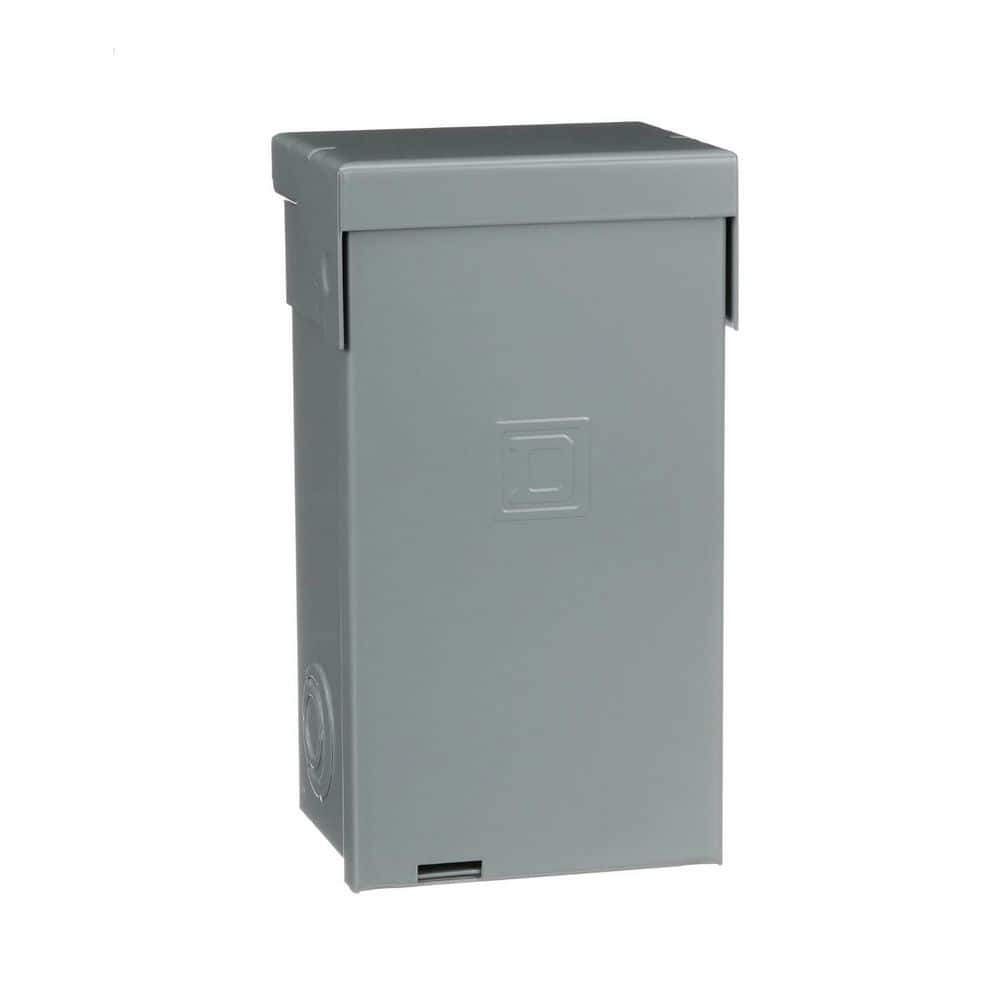srainsbury
Member
- Location
- 94024
- Occupation
- Building Inspector
Hello,
I would like to confirm if sizing the A/C Disconnecting Breaker is solely based on the manufactures name rating plate…. The scenario that has come up is:
An A/C Condensors name rating plate specifies a maximum circuit breaker of 30 Amps which typically would be at the A/C disconnect. At the A/C disconnect they have a 60 Amp rated Circuit Breaker. At the main service panel they have a 30 Amp rated Circuit disconnect.
1) Does the Circuit Breaker @ the A/C Disconnect need to be rated at 30 Amps per rating plate or can they use a 60 Amp rated Breaker ?
2) Can you confirm that you would use/apply the NEC conductor ampacity tables for sizing the conductors from the main service to the A/C disconnect since the rating plate information does not consider distances, (voltage drop, etc.,). Thanks for you assistance.
Steve R
I would like to confirm if sizing the A/C Disconnecting Breaker is solely based on the manufactures name rating plate…. The scenario that has come up is:
An A/C Condensors name rating plate specifies a maximum circuit breaker of 30 Amps which typically would be at the A/C disconnect. At the A/C disconnect they have a 60 Amp rated Circuit Breaker. At the main service panel they have a 30 Amp rated Circuit disconnect.
1) Does the Circuit Breaker @ the A/C Disconnect need to be rated at 30 Amps per rating plate or can they use a 60 Amp rated Breaker ?
2) Can you confirm that you would use/apply the NEC conductor ampacity tables for sizing the conductors from the main service to the A/C disconnect since the rating plate information does not consider distances, (voltage drop, etc.,). Thanks for you assistance.
Steve R



